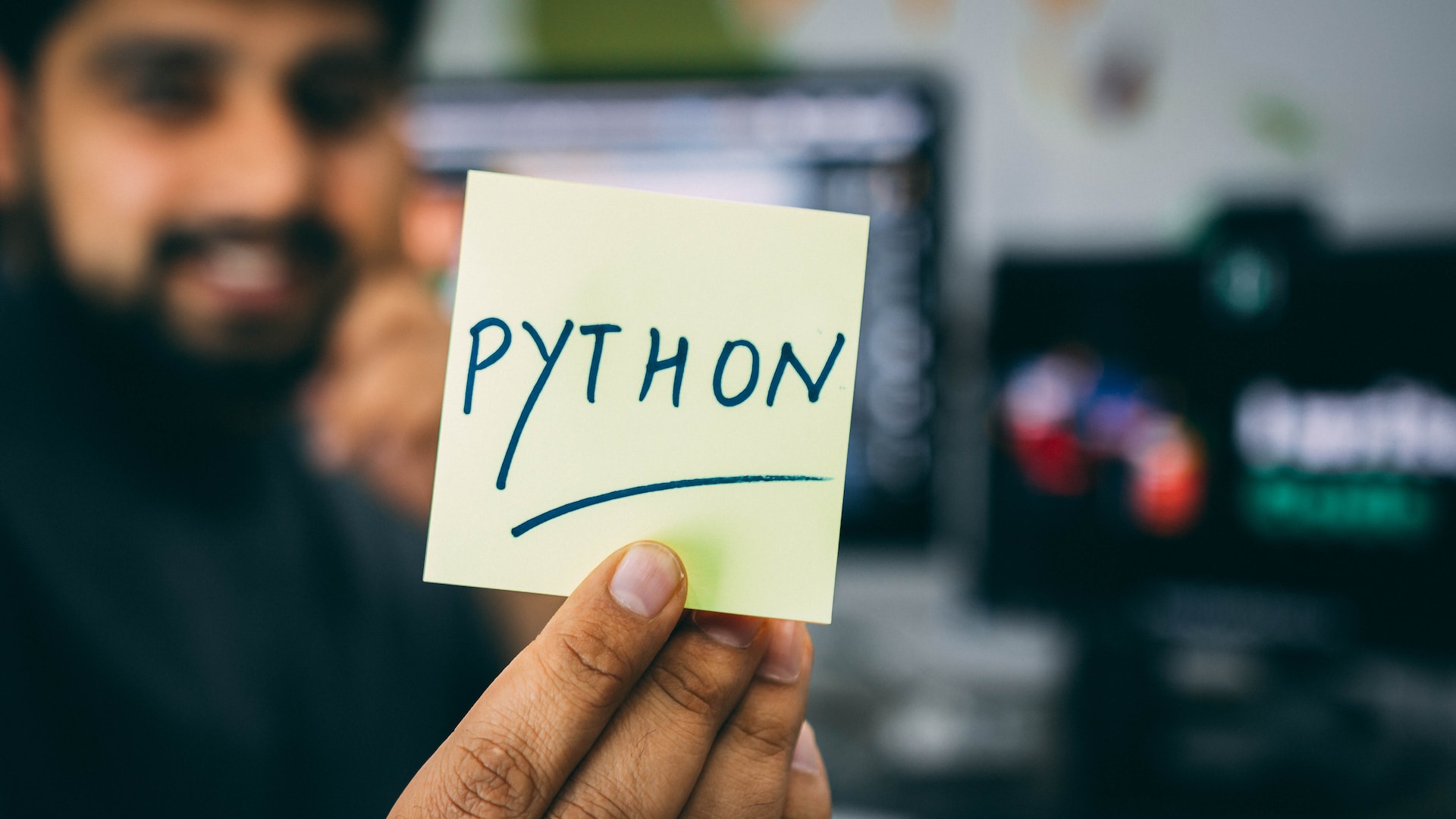13/01/2024 • 2 Minute Read
Object Oriented Programming in Python
Mastering the Fundamentals: An In-Depth Guide to Object-Oriented Programming in Python

Software Design
Python
AI Generated
Object-oriented programming (OOP) is a programming paradigm that uses objects and their interactions to design applications and computer programs.
Classes in Python
In Python, everything is an object. You can use the class keyword to define new types of objects.
Properties
The idiomatic way to add fields or properties to a class is using the __init__ method which is the constructor. It can take parameters like a regular function (including optional parameters). To reference the object itself once it is instantiated, we use self.
Example:
class Person:
def __init__(self, fName, sName, age=0):
self.fName = fName
self.sName = sName
self.age = age
Methods
Class methods are written very similarly to functions, except they can take self which refers to the instantiated object.
Example:
class Person:
def __init__(self, fName, sName, age=0):
self.fName = fName
self.sName = sName
self.age = age
def getFirstName(self):
return self.fName
def getSurName(self):
return self.sName
def incrementAge(self):
self.age = self.age + 1
Magic or Dunder Methods
Magic methods (also referred to as dunder methods) are special methods which enable certain functionality. They start and end with two underscores. In the case of __str__ it runs when you cast the object as a str. In the case of __eq__ it runs when you compare two objects to check if they are the same.
Example:
import uuid
class Person:
def __init__(self, fName, sName):
self.id = uuid.uuid4()
self.fName = fName
self.sName = sName
def __str__(self):
return f"{self.fName} {self.sName}"
def __eq__(self, otherPerson):
return self.id == otherPerson.id
Reusability Concepts in Python
Inheritance
Inheritance is a principle in OOP that allows a class to inherit methods and properties from another class. The class that is being inherited from is called the parent class, and the class that inherits is called the child class.
Example:
class Person:
def __init__(self, fname, lname):
self.firstname = fname
self.lastname = lname
def printname(self):
print(self.firstname, self.lastname)
class Student(Person):
def __init__(self, fname, lname):
super().__init__(fname, lname)
self.graduationyear = 2019
Composition
Composition is an alternative to inheritance and is a way to combine simple objects or data types into more complex ones. Composition represents a part-of relationship.
Example:
class Salary:
def __init__(self, monthly_income):
self.monthly_income = monthly_income
def get_total(self):
return (self.monthly_income*12)
class Employee:
def __init__(self, monthly_income, bonus):
self.monthly_income = monthly_income
self.bonus = bonus
self.obj_salary = Salary(self.monthly_income)
def annual_salary(self):
return "Total: " + str(self.obj_salary.get_total() + self.bonus) + ' €'
obj_emp = Employee(2600, 500)
print(obj_emp.annual_salary())